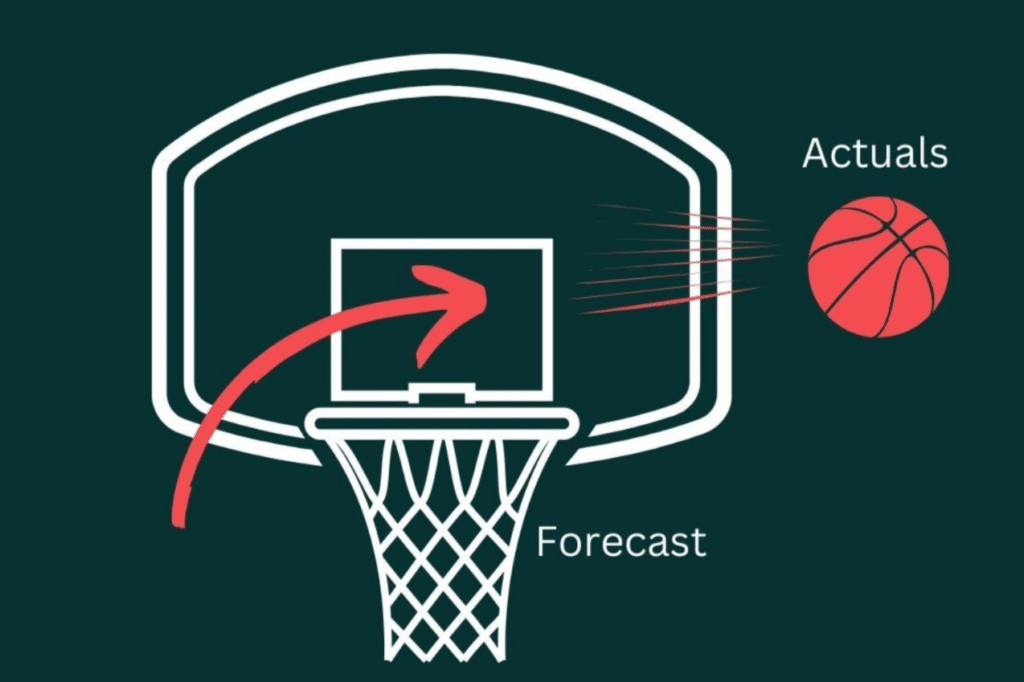What is a Policy?
The definition of a policy from Wikipedia states: A policy is a deliberate system of principles to guide decisions and achieve rational outcomes. A policy is a statement of intent and is implemented as a procedure or protocol. What do all of the below have in common?
- No smoking within 20 feet of this building
- RCW 46.61.050 – Obedience to and required traffic control devices
- A dress code
- Password must contain numbers
- An email address is required to create a contact
- A “No Parking” sign
These are all examples of policies. We are surrounded by policies in our daily lives and most of us (reluctantly) follow them without knowing they are policies. We use them to guide our decisions.
Policies help produce predictable outcomes as well. In the business world, policies help us avoid risks and/or increase the predictability of a process. Take a minute to think about several policies you use or follow in the workplace. A good example of a workplace policy is a dress code. Focus on one policy and now think about how it shapes the decisions you make. If the policy didn’t exist, what would you do? How does that differ from the outcome the policy intends to achieve? If you ask your neighbor what before and after decision they made, it would be a fairly good bet to say that the outcome of the decision made without a policy in place is different from your outcome. Yet it’s also a safe bet that you and your colleague are both wearing closed-toed shoes to work on a hot summer day.
It’s important to understand that policies do not just stand on their own. If we zoom out to look at the larger picture we will notice that policies are components of a capability or the ability to do something. Let’s take the example of driving. We want the capability to drive. That’s easy enough, give us a car and we are good to go right? Well, what do we do with the car? If we want to get from point A to point B, then we need a process, and if we want to get from point A to point B safely, efficiently, and effectively, then we need policies. The process itself is the act of driving. Turning on the car, stepping on the gas, turning the vehicle, etc. The policies are the rules of the road that keep everyone from colliding into each other.
Take a moment and think about the worst intersection of traffic in the world. The middle of this intersection is packed with vehicles all trying to go in different directions. Inch by inch each vehicle creeps forward, progress is slow. Why is the traffic like this? How did it get this way? It’s not unreasonable to think if everyone just followed the rules, they wouldn’t be in this traffic nightmare.
Now imagine a pristine intersection with stop lights and all vehicles are stopped at a line before the intersection. When the light turns green, the vehicles get to zoom off to their destination since the intersection is free of other cars trying to go in other directions. What differences do you notice between the two scenes?
- The second scene is more efficient than the other
- Cars are able to get to their destination quicker
- The drivers and passengers are more likely to arrive at the destination without a ding in the car
- There is less frustration and confusion
What is a RevOps Policy
How does any of this relate to Revenue Operations? A RevOps organization without policies or stop lights, will operate much like bad traffic. Sales reps will fight against the system or if there is no system, then they may just do whatever they want. They will look for the loopholes, like driving on an open sidewalk. It will take longer to arrive at the destination, and sometimes the destination just becomes so unattainable a rep will give up. Policies in the driving world keep the intersection clear, thus increasing the efficiency of getting to the destination.
Policies in the business world grease the wheels of the process and help guide us to a predictable outcome like the attainment of a revenue goal. In RevOps, a considerable amount of time is spent putting together a go-to-market (GTM) plan, including a sales territory plan, quotas and targets, and capacity models. A GTM strategy is how an organization plans on getting to its revenue goal. The plan is the process of getting to the goal. Policies are implemented to help maintain focus on the goal and increase the predictability of hitting the goal by taking the guesswork out of some decisions.
In the RevOps world, policies that are needed can be related to sales processes (e.g., sales holdouts or lead routing), compliance (e.g., GDPR), assignments (e.g., productivity and ramping), and data hygiene (e.g., deduping). Examples of RevOps policies that turn the GTM plan into reality can be found in RevOps Execution Policies: The Secret to GTM Success.
Every VP of Sales would tell a RevOps organization to implement policies if it increased the likelihood of them hitting their goal by 5%. In the short-term, missing a revenue goal may seem like not a big deal because you can always double down on the efforts to make up the revenue in later months.
However, quickly adapting a plan to make up for the miss may not be as easy as one might think. The more likely scenario is that the organization spends the rest of the year trying to catch up, and the worst case, kisses that revenue goal goodbye. Try telling that to your VP of Sales!
Everyone knows the long term implications of missing a revenue goal, but something that often gets overlooked is that the faster you move, the less likely it is that policies get enforced. A lack of policies can lead to a chaotic feeling. Decisions take longer and they are less predictable. The more chaos in the culture of an organization the higher the risk of employee churn.
How to Set Effective RevOps Policies
It can be difficult to set and maintain enforcement of RevOps policies without automation. Coming back to our driving example, there is a difference between a policy that is hardcoded into the process and a policy that is extracted from the process and is able to adapt to the changing conditions.
The best example here is speed limit signs. We see these signs everywhere. They are permanent and don’t change. They are hard-coded into the driving process. Getting a speed limit sign changed requires a lot of time and energy. It starts with a request, a traffic study is performed, then an agreement on the new limit is made, new signs made, and a crew will then change the signs. By the time all that gets completed, the original conditions may have changed.
In business, things are always changing.
The solution to this problem is extracting the speed policy from the process and giving it the ability to adapt to the changes in driving conditions. In major cities around the world, we are beginning to see electronic speed limit signs. As the density of traffic increases or the weather worsens, the speed limit is changed on the fly. This allows the traffic to quickly adapt to the change in policy, keeping vehicles and people safe, while keeping the traffic moving.
Any business interested in building a highly efficient organization that allows for rapid progress towards a goal, should establish policies as part of every process. These policies need to be dynamic and adaptable to changing business conditions. This means we need to think about how to extract our policies from the processes we currently have in place.
In the software world, you can’t put an electronic sign on every street corner, but you can define your policies with automation. GTM policy automation is the equivalent of the electronic speed limit sign. It gives you the ability to quickly turn a new strategy into execution in the CRM. This automation can be achieved via custom coding or out-of-the-box RevOps software applications.
Policies are essential because they help define the rules of your RevOps processes, enabling your team to operate with a high level of efficiency. They help with decision-making, create reliable outcomes, establish predictability, and allow your organization to scale and adapt to the changing business environment.










